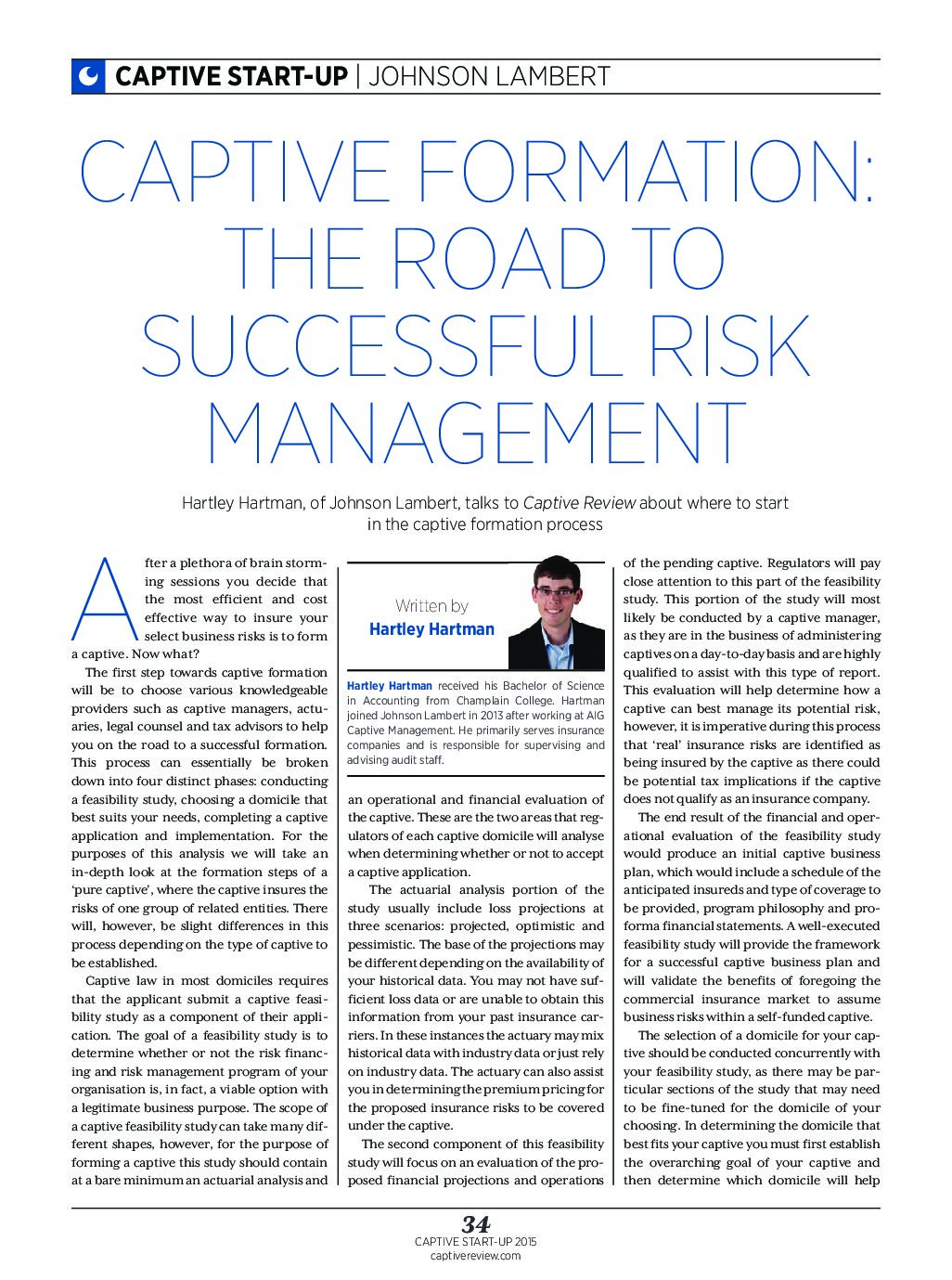Contributed by Hartley Hartman, ACI Graduate, ICCIE Board Member and Instructor
COVID-19 has brought an unprecedented amount of uncertainty to the insurance marketplace and an extra layer of complexity for an entity seeking an affordable means of insuring its business risk. The hardening of the insurance market will lead to the formation of many new captives that are looking for an alternative to traditional insurance as a captive can provide greater premium stability, access to the reinsurance marketplace, and the ability to create an effective risk management strategy, as well as costs savings.
COVID-19 has also seen many companies creating new captives or expanding the use of their existing captive to include business interruption coverage as a result of companies realizing that their policies in the commercial marketplace did not provide coverage for losses resulting from the pandemic, leaving them with an uninsurable gap in coverage. Should an organization be considering the formation of a captive as a result of the pandemic or hardening market they should carefully analyze the long-term impact of the captive and the requirements of forming a captive in a chosen domicile.
As captive rules and regulations vary from domicile to domicile, there are five critical points that should be considered when determining the feasibility of forming a captive: regulation, infrastructure, reputation, logistics and tax. The following article will walk you through the factors that should be considered before setting up a captive to insure any type of business risk.

